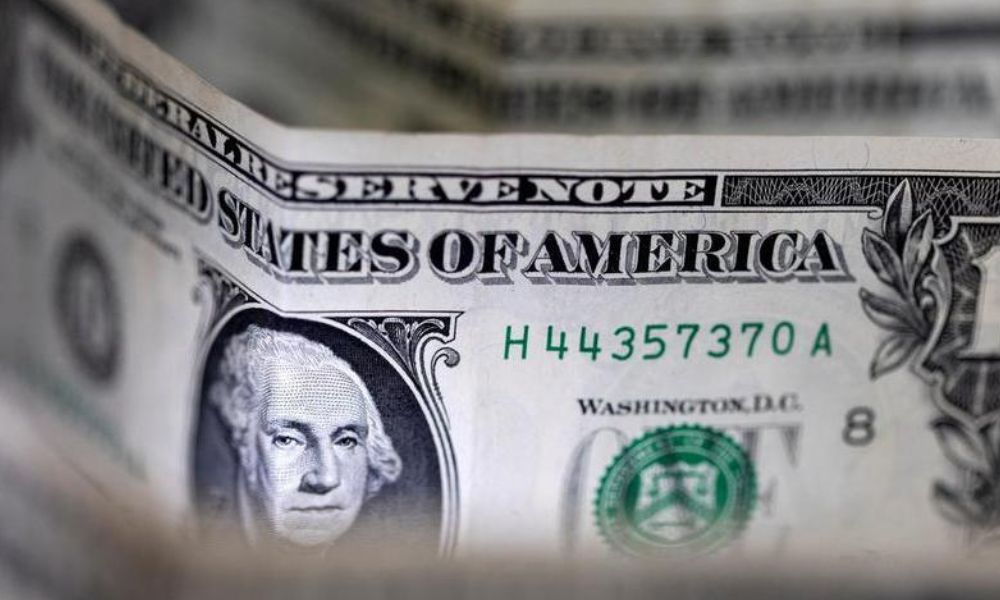The euro fell to a new 20-year low as the dollar rose and people began to worry about a harsh winter for the region. Strategists say the drop is just the beginning of a deeper fall for the currency.
The common currency fell as much as 1.1% to 0.9928 on Monday, below the previous 20-year low of 0.9952 reached in July. This is a departure from a brief period of relief that saw the euro rise to around $1.03 earlier this month. On Monday, the value of the currency was at the same level as in 2002, just a few years after its introduction. The Bloomberg Dollar Spot Index rose 0.7% to its highest level since July 15.
Euro To Dollar As The Value Of Euro At Parity
Morgan Stanley expects the euro to fall to $0.97 this quarter, a level not seen since the early 2000s. Nomura International Plc is targeting $0.975 by the end of September. After that, the market could tip toward $0.95 or even lower as pressure on energy supplies increases the risk of blackouts and euro imports are likely to rise.

Kit Juckes, the foreign-exchange strategist at Societe Generale SA, wrote in a note to clients, “The euro is under pressure again at the end of the summer, partly because the dollar is in demand and partly because the sword of Damocles hanging over the European economy is not going away.”
At this week’s symposium in Jackson Hole, markets will be waiting for more information on how the central bank will respond to the conflicting forces of recession risks and rising prices. Federal Reserve chief Jerome Powell is expected to state that the central bank remains committed to fighting inflation. Officials from the European Central Bank and the Bank of England will also be in attendance.
Ulrich Leuchtmann, a strategist at Commerzbank AG, says: “The euro is likely to be particularly vulnerable to a revision of the Fed’s underlying expectation.” That’s because the ECB has taken the second-most benign stance among G10 central banks, after the Bank of Japan. In a note, he said he believes the euro-dollar pair will reach 0.98 by the end of the year.
David Adams, a strategist at Morgan Stanley, says an improvement in U.S. financial conditions over the summer, despite the Fed’s aggressive rate hikes, could be another reason for a tighter Fed stance. Powell’s tone at Jackson Hole could be an important catalyst for the dollar.
European purchasing managers’ data due this week and possible negative reading from Germany’s Ifo survey could give traders an opportunity to push the euro lower. The region is struggling because natural gas prices are at a record high and there are not enough supplies. Further complicating matters is the inability to transport key commodities by water due to an unusually dry summer.
On Monday, the euro hit a new seven-year low against the Swiss franc, and as signs of recession mount, the euro could fall even further against the safer currency. Due to Russia’s limited gas supplies, Goldman Sachs Group Inc. strategists believe the currency pair could fall to the high 80s or low 90s centimes per euro in the event of a severe economic downturn.
The euro is not the only currency losing value due to the dollar’s strength. The short yen trade, which has been a popular macro position this year, could see a resurgence as traders eye the key 140 level. Although U.K. bond yields have risen, the pound is still near a two-year low against the dollar.
Commodity Futures Trading Commission position data for the week ending Aug. 16 shows that leveraged funds hold the longest positions in the pound since March 2020. That makes the pound a good candidate for a short position, says Societe Generale’s Juckes. Traders at these funds have also increased their short positions in the euro to the highest level in three weeks.
Jordan Rochester, the strategist at Nomura International in London, said, “I think very few people in the leveraged space have been involved in the price action over the last three days, and the break of parity will get more attention now.”
READ MORE:
Who Is Alan Keating? Net Worth, Biography, Age, Instagram, And More!!

